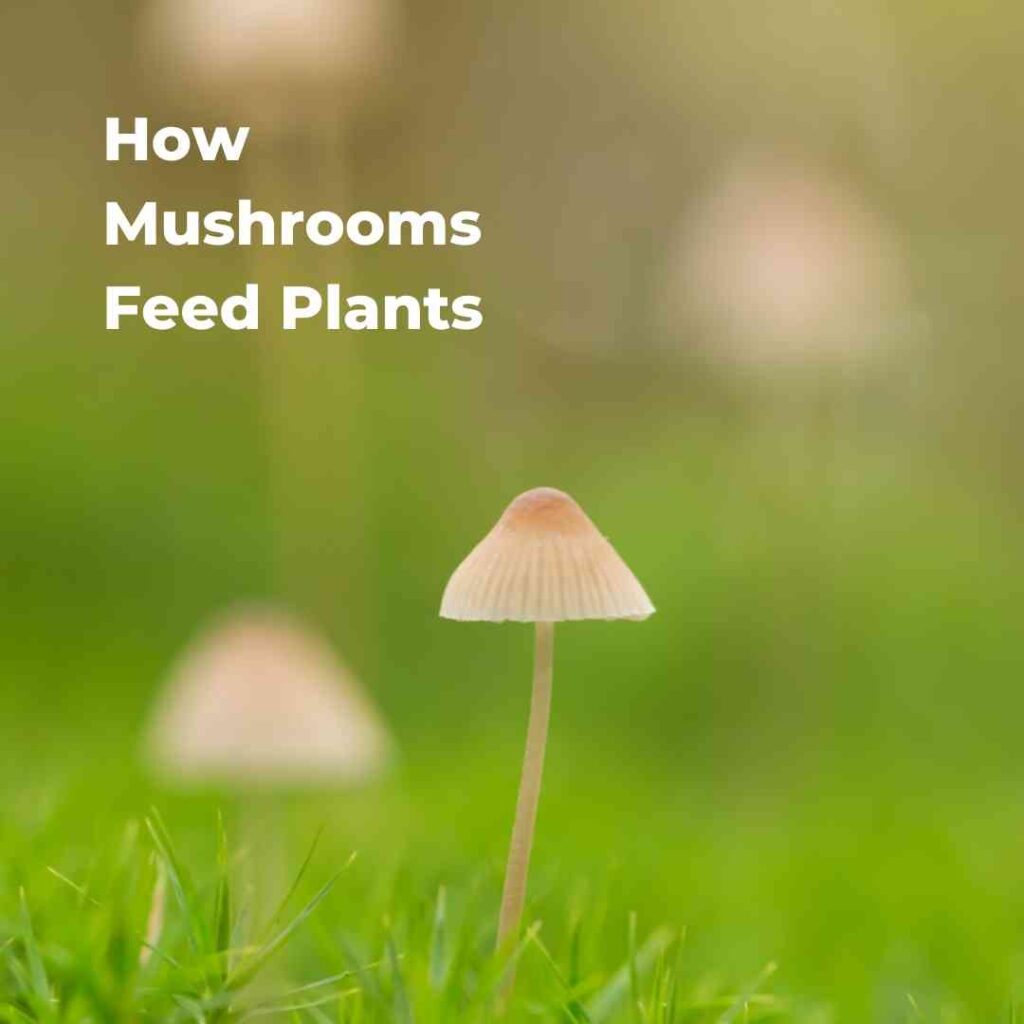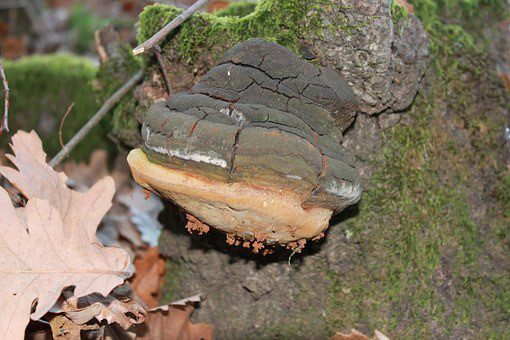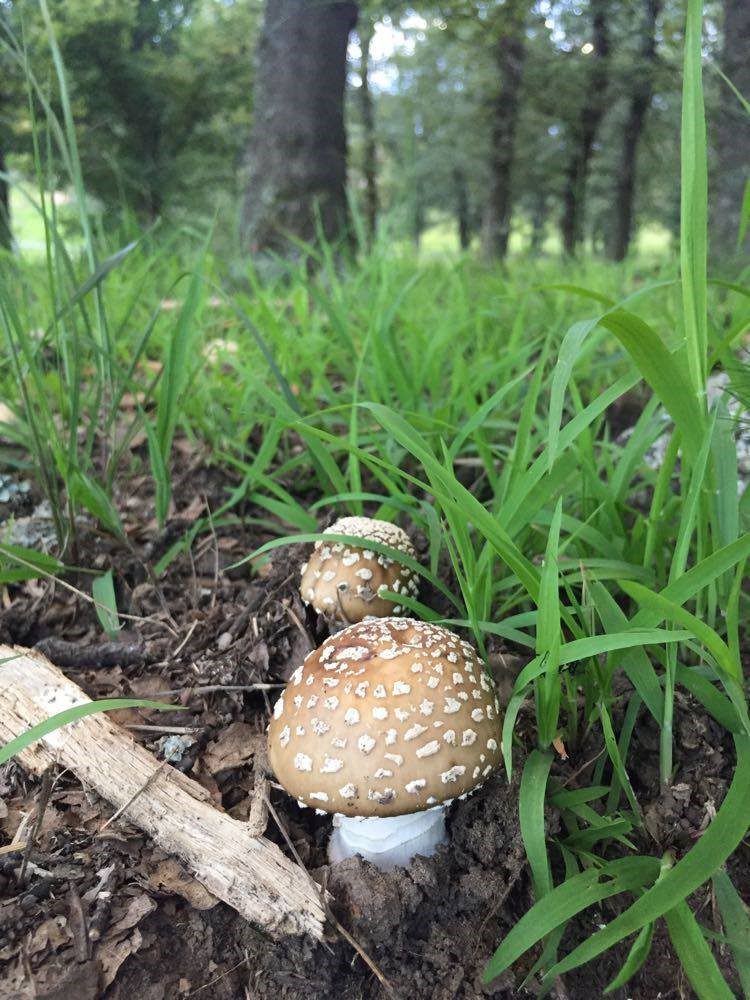
How Mushrooms Feed Plants and How Modern Agriculture Ruins This.
At the dawn of time, before plants, insects, animals and humans – there were mushrooms. These mushrooms, Prototaxites, looked very different to the little toadstools that we know today – they were 6-foot tall, trunk-like formations whose mycelium (root-like structure) was said to be one of the very first living things to begin converting our hostile rock planet into the lush green paradise that we now live on.
Mycelial hyphae spread out as single-cell thick root-like structures, breaking down rock and retrieving nutrients. This is what created soil and allowed the first primitive plants to take root. It’s easy to see why plants and mushrooms still nurture a symbiotic relationship in modern times.
Permaculturists and organic farmers know that it is important to honour the mycelium in soil. Many enlightened farmers actually focus mainly on nurturing the mycelium and allow that to take care of the plants for them. This is due to the fact that 90% of plants benefit from a relationship with fungi, and because mycelium draws down and stores carbon in the soil – adding nutrients and combating the high carbon dioxide levels that cause global warming.

Fungal hyphae colonise the roots of plants by forming a sheath around the root tips, or by sending tiny tendrils into the surface of the root, which opens up the exchange highway. The fungal hyphae then rapidly spread out into the surrounding soil, searching for and delivering important nutrients back to the plant while the plant feeds and ‘thanks’ the mycelium by giving it carbohydrate molecules – which plants are very apt at making. The mycelial network reaches much farther than the plant’s roots are able to, and breaks down many nutrients that the plant would not be able to absorb on its own.
This mycorrhizal fungus also strengthens the immunity of plants naturally by triggering their defense mechanisms with root interference, ‘priming’ them for any later battles with pests and diseases – similar to how fighting off mild illnesses strengthens human immunity in the long-term.
This is merely the tip of an incredible iceberg of fascinating relationship benefits between plants and fungi. Unfortunately, modern agriculture completely disregards these relationships by essentially killing soils and then inadequately attempting to mimic the intelligent processes that naturally occur beneath the surface.

The practice of tilling soil destroys fungal networks whilst turning it and exposing it to the sun kills all micro-life present. Fungicides, as the name suggests, kill all fungi – including the beneficial fungi that feed plants. Herbicides are one of the worst – negatively impacting beneficial fungi whilst allowing non-beneficial fungi to thrive and attack crops. It’s a vicious cycle: break up fungal hyphae by tilling, plant selected herbicide-resistant crops and spraying with herbicide to prevent weeds, allowing non-beneficial fungi to thrive and then spraying fungicide to combat this. This decimates everything besides the ailing, chemical-laden and lonely plants that are then sold to us as some [1] watered-down version of food.
Not only is this terrible for fungi on fields and the surrounding environment – as well as insects and small animals – but also the low-immunity, drug-addicted plants that are no longer able to go through the normal processes that would result in the creation of nutrients within themselves. Combined with the lack of diversity in monoculture, this creates food crops that are lacking in nutrients which means that people need to eat more to feel full, severely exasperating the obesity issue facing society.
In order to fight these near-sighted, money-driven practices – we must make every effort to support not only organic agriculture but small, local farmers that are going beyond organic – regenerating soils and honouring natural biodiversity. Growing one’s own food will also have a huge impact. It is our duty as environmentally conscious consumers to be aware and to make the changes necessary to protect fungi – the life-bringers.
References:
https://www.smithsonianmag.com/smart-news/long-before-trees-overtook-the-land-earth-was-covered-by-giant-mushrooms-13709647/
https://www.theguardian.com/science/2018/jan/16/strangest-things-fossils-reveal-how-fungus-shaped-life-on-earth
http://www.bbc.com/earth/story/20141111-plants-have-a-hidden-internet#:~:text=In%20mycorrhizal%20associations%2C%20plants%20provide,help%20individual%20plants%20to%20grow.
https://www.researchgate.net/publication/326533449_Effects_of_Herbicides_on_Fungal_Phytopathogens
TRUTH BOMB! I love it




